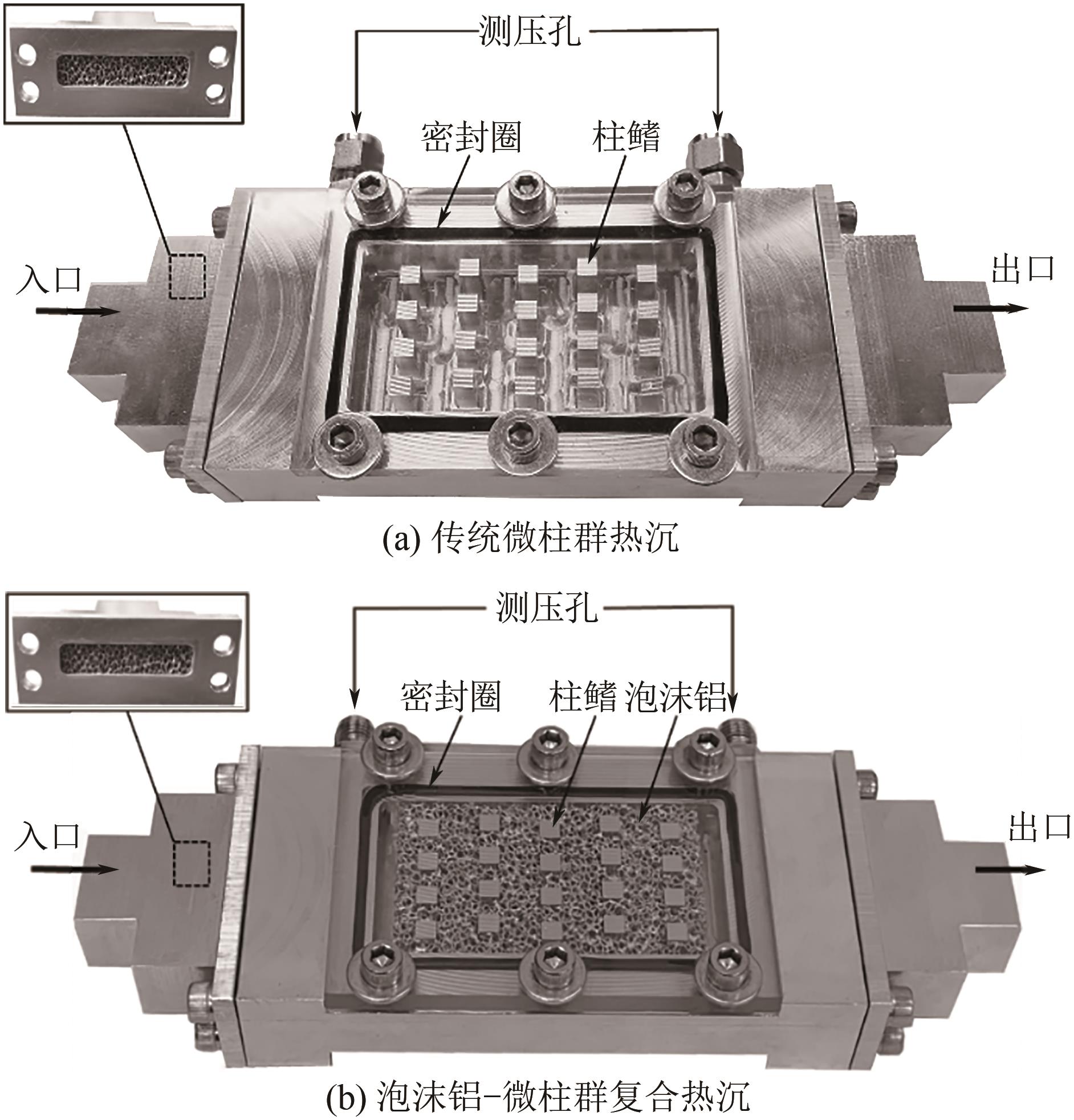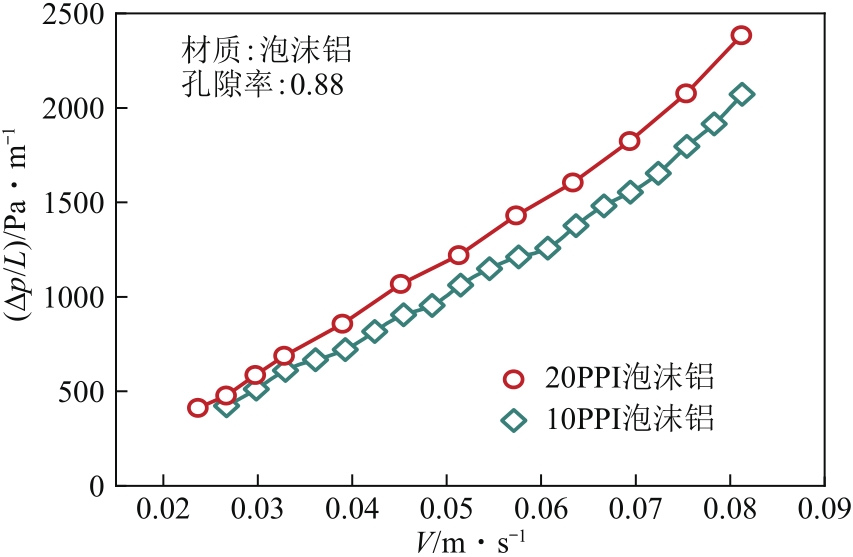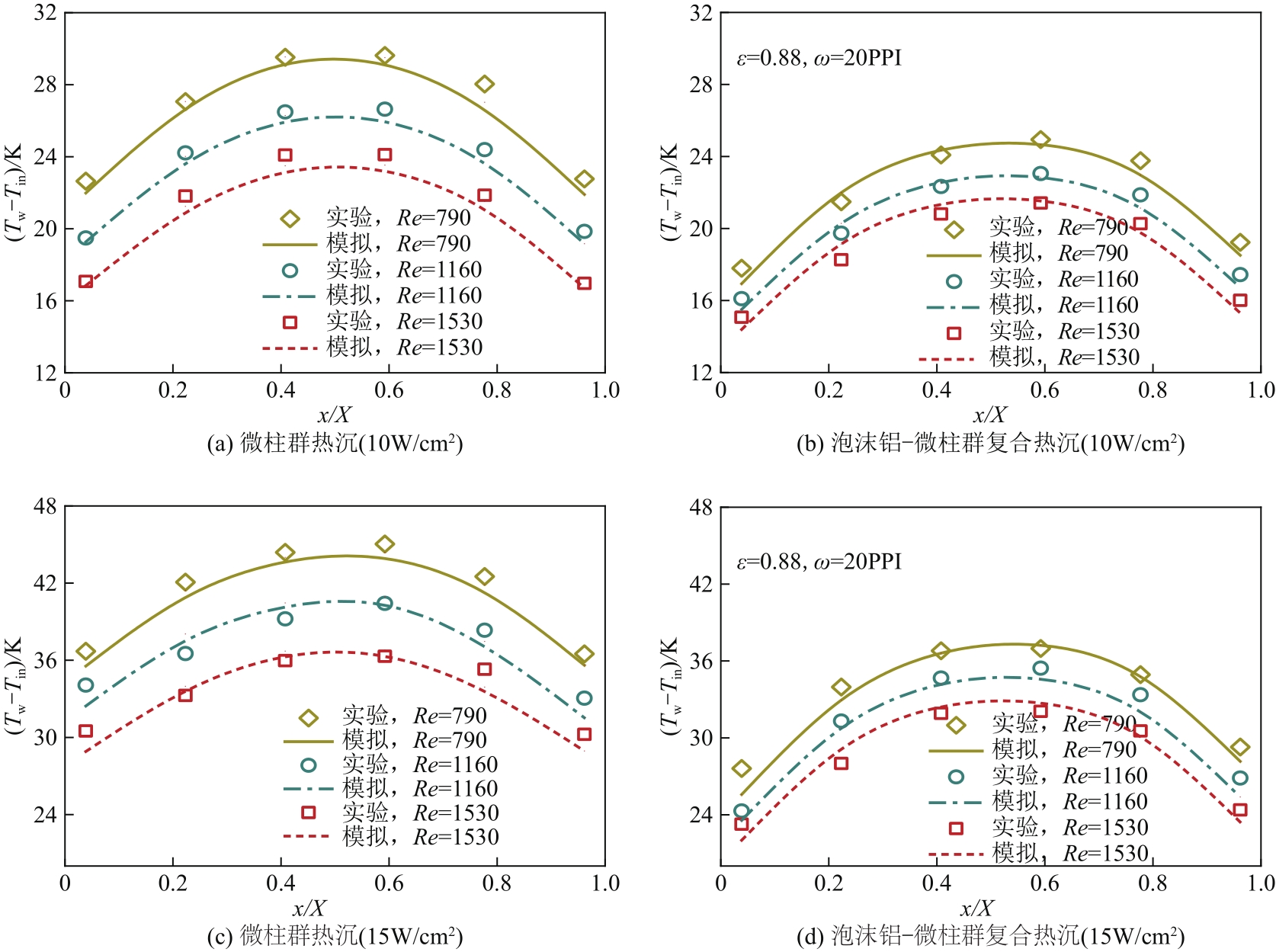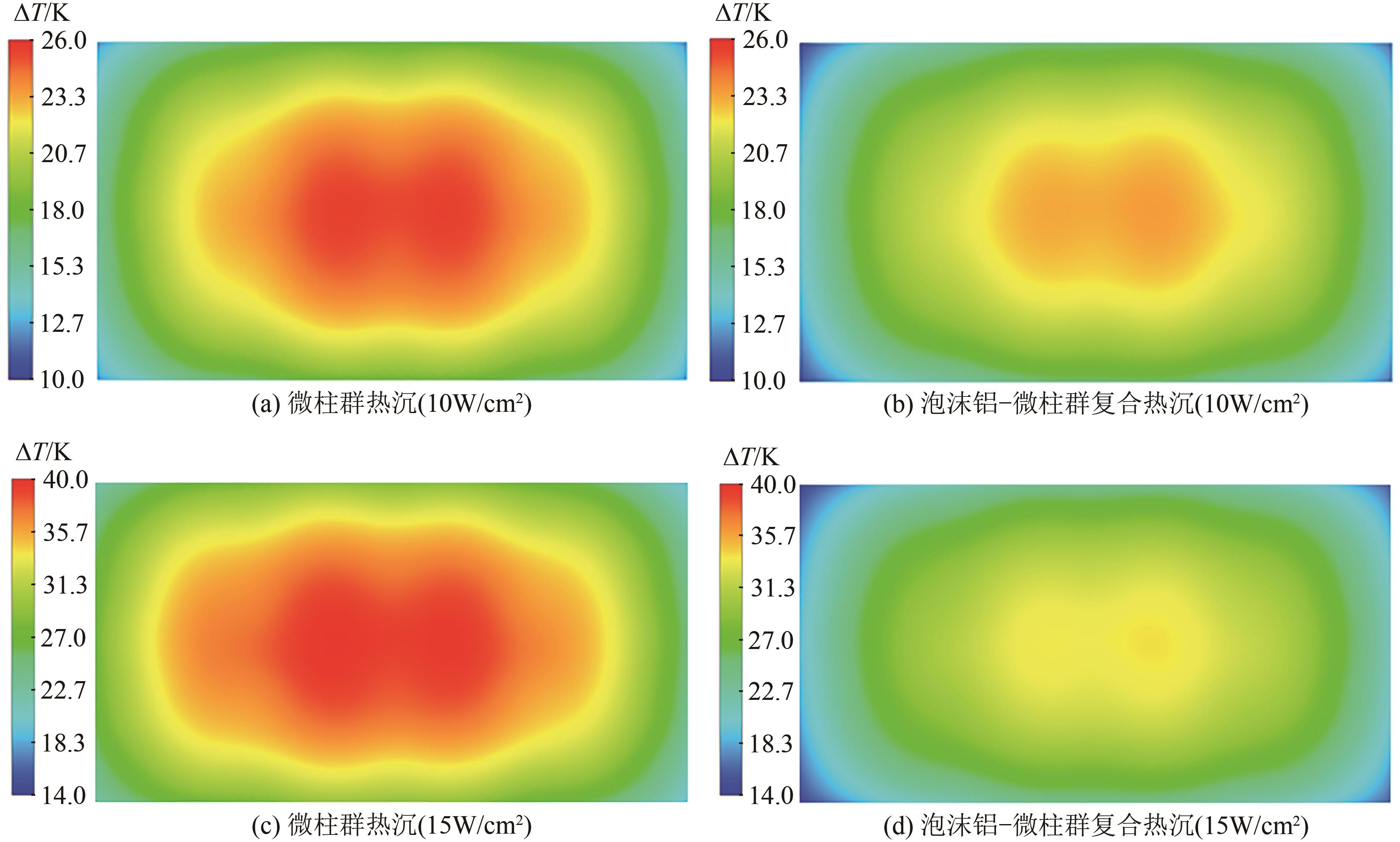| 1 |
VAN ERP R, SOLEIMANZADEH R, NELA L, et al. Co-designing electronics with microfluidics for more sustainable cooling[J]. Nature, 2020, 585(7824): 211-216.
|
| 2 |
CALAME J P, MYERS R E, BINARI S C, et al. Experimental investigation of microchannel coolers for the high heat flux thermal management of GaN-on-SiC semiconductor devices[J]. International Journal of Heat and Mass Transfer, 2007, 50(23/24): 4767-4779.
|
| 3 |
LI Yongtong, GONG Liang, XU Minghai, et al. Enhancing the performance of aluminum foam heat sinks through integrated pin fins[J]. International Journal of Heat and Mass Transfer, 2020, 151: 119376.
|
| 4 |
GONG Liang, KOTA Krishna, TAO Wenquan, et al. Parametric numerical study of flow and heat transfer in microchannels with wavy walls[J]. Journal of Heat Transfer, 2011, 133(5): 051702.
|
| 5 |
YE Xin, ZHAO Yaohua, QUAN Zhenhua. Experimental study on heat dissipation for lithium-ion battery based on micro heat pipe array (MHPA)[J]. Applied Thermal Engineering, 2018, 130: 74-82.
|
| 6 |
LIU Minghou, LIU Dong, XU Sheng, et al. Experimental study on liquid flow and heat transfer in micro square pin fin heat sink[J]. International Journal of Heat and Mass Transfer, 2011, 54(25/26): 5602-5611.
|
| 7 |
ZHAO Jin, HUANG Shanbo, GONG Liang, et al. Numerical study and optimizing on micro square pin-fin heat sink for electronic cooling[J]. Applied Thermal Engineering, 2016, 93: 1347-1359.
|
| 8 |
SAKANOVA A, TSENG K J. Comparison of pin-fin and finned shape heat sink for power electronics in future aircraft[J]. Applied Thermal Engineering, 2018, 136: 364-374.
|
| 9 |
李勇铜, 巩亮, 徐明海, 等. 金属泡沫复合微肋微通道热沉的流动传热特性分析[J]. 科学通报, 2019, 64(2): 215-222.
|
|
LI Yongtong, GONG Liang, XU Minghai, et al. Thermal hydraulic performance of micro-channel heat sink with composite metal foam-solid fin design[J]. Chinese Science Bulletin, 2019, 64(2): 215-222.
|
| 10 |
程俊伟, 许思传, 沈云飞, 等. 泡沫金属用于紧凑型热交换器的研究进展[J]. 化工进展, 2011, 30(S1): 637-641.
|
|
CHENG Junwei, XU Sichuan, SHEN Yunfei, et al. Research progress of metal foams used in compact heat exchanger[J]. Chemical Industry and Engineering Progress, 2011, 30(S1): 637-641.
|
| 11 |
汪双凤, 李炅, 张伟保. 开孔泡沫金属用于紧凑型热交换器的研究进展[J]. 化工进展, 2008, 27(5): 675-678.
|
|
WANG Shuangfeng, LI Jiong, ZHANG Weibao. Research progress of open cell metal foams used in compact heat exchanger[J]. Chemical Industry and Engineering Progress, 2008, 27(5): 675-678.
|
| 12 |
BAYOMY A M, SAGHIR M Z, YOUSEFI T. Electronic cooling using water flow in aluminum metal foam heat sink: experimental and numerical approach[J]. International Journal of Thermal Sciences, 2016, 109: 182-200.
|
| 13 |
GONG Liang, LI Yongtong, BAI Zhang, et al. Thermal performance of micro-channel heat sink with metallic porous/solid compound fin design[J]. Applied Thermal Engineering, 2018, 137: 288-295.
|
| 14 |
SINGH P, NITHYANANDAM K, MAHAJAN R L. An experimental and numerical investigation of forced convection in high porosity aluminum foams subjected to jet array impingement in channel-flow[J]. International Journal of Heat and Mass Transfer, 2020, 149: 119107.
|
| 15 |
FENG S S, KUANG J J, WEN T, et al. An experimental and numerical study of finned metal foam heat sinks under impinging air jet cooling[J]. International Journal of Heat and Mass Transfer, 2014, 77: 1063-1074.
|
| 16 |
ARBAK A, DUKHAN N. Performance and heat transfer measurements in asymmetrically-heated metal foam cooled by water[J]. Thermal Science and Engineering Progress, 2020, 20: 100688.
|
| 17 |
CHEN Kuancheng, WANG Chichuan. Performance improvement of high power liquid-cooled heat sink via non-uniform metal foam arrangement[J]. Applied Thermal Engineering, 2015, 87: 41-46.
|
| 18 |
BOOMSMA K, POULIKAKOS D. On the effective thermal conductivity of a three-dimensionally structured fluid-saturated metal foam[J]. International Journal of Heat and Mass Transfer, 2001, 44(4): 827-836.
|
| 19 |
CALMIDI V V, MAHAJAN R L. Forced convection in high porosity metal foams[J]. Journal of Heat Transfer, 2000, 122(3): 557-565.
|
 ), LIU Jian1(
), LIU Jian1( ), YANG Laishun2
), YANG Laishun2










